Maintaining optimal humidity levels in your home is crucial for comfort, health, and the longevity of your belongings. With varying climates and seasons, controlling moisture can become a significant challenge. This is where a portable dehumidifier comes into play. But can a portable dehumidifier work for a whole house? This article delves into the capabilities of portable dehumidifiers, their limitations, and effective strategies to ensure your entire home remains dry and healthy.
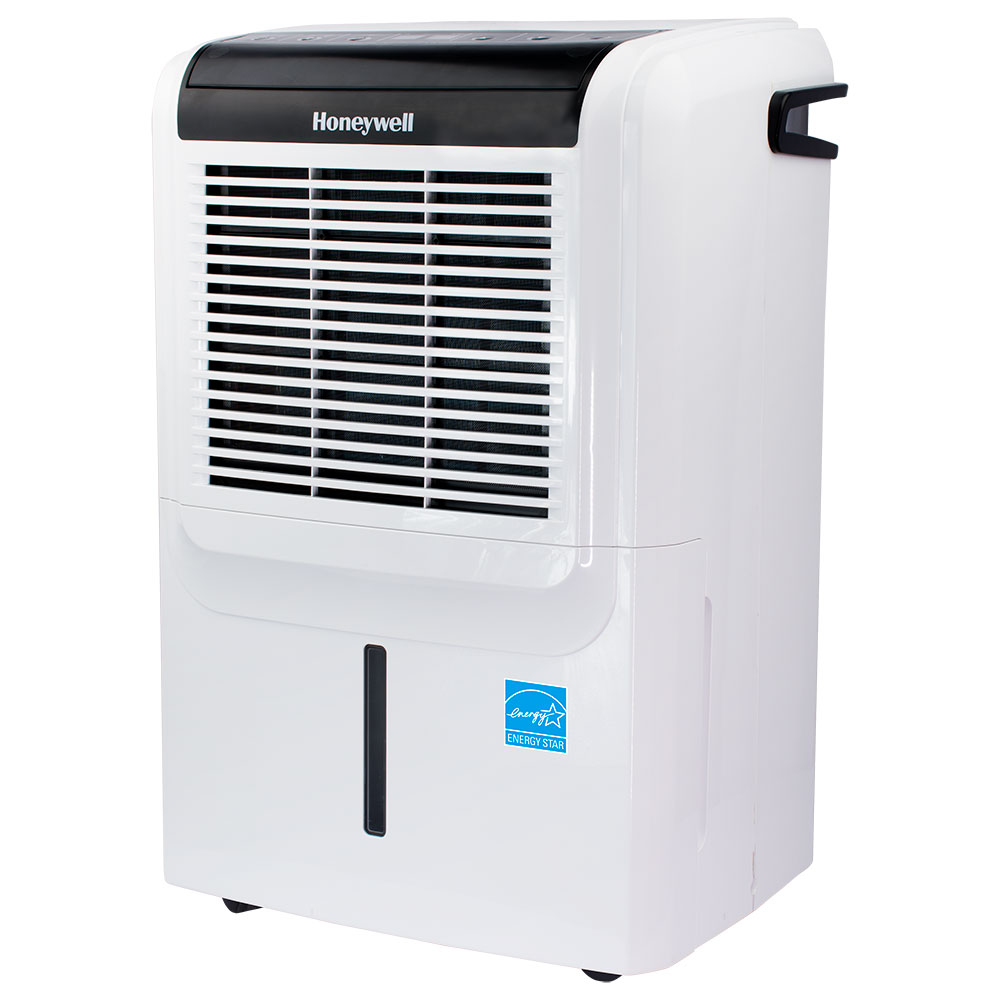 Understanding Portable Mini Dehumidifiers
Understanding Portable Mini Dehumidifiers
Before addressing whether a portable dehumidifier can cater to an entire house, it’s essential to comprehend what these devices are and how they function.
What is a Portable Dehumidifier?
A portable dehumidifier is a compact appliance designed to reduce and maintain the level of humidity in the air. It works by drawing in moist air, extracting the water vapor, and then releasing dry air back into the environment. Portable dehumidifiers are favored for their mobility, allowing users to easily move them from room to room as needed.
How Do Portable Dehumidifiers Work?
Portable dehumidifiers operate on a simple yet effective principle. They use a refrigeration cycle to cool air, causing moisture to condense on cold coils. The collected water is then stored in a tank or drained out through a hose. The dry air is reheated slightly and circulated back into the room. This continuous process helps in maintaining desired humidity levels, preventing issues like mold growth, musty odors, and discomfort caused by excessive moisture.
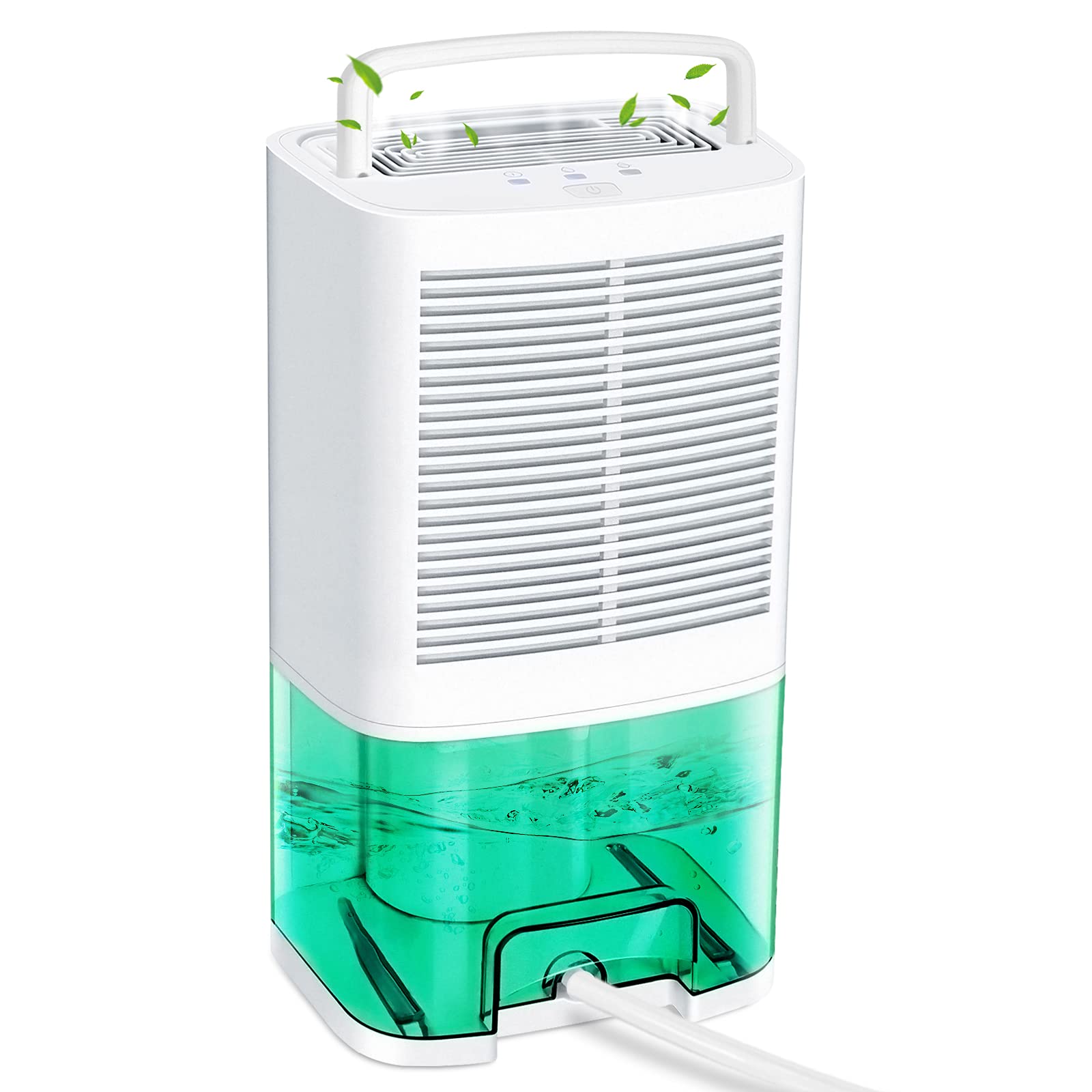 Factors Determining a Portable Mini Dehumidifier’s Effectiveness for a Whole House
Factors Determining a Portable Mini Dehumidifier’s Effectiveness for a Whole House
While portable dehumidifiers are versatile, several factors influence their ability to manage humidity levels across an entire home.
Capacity and Coverage Area
One of the most critical aspects of a portable dehumidifier is its capacity, typically measured in pints of moisture removed per day. The capacity directly affects the device’s ability to handle larger spaces. For a whole house, you would need a unit with a high-capacity rating to ensure it can manage the overall moisture effectively.
Size and Portability
Portable dehumidifiers come in various sizes, from small units designed for single rooms to larger models capable of covering multiple areas. Their portability is a significant advantage, allowing you to position the device where it’s most needed. However, managing humidity in a whole house would require frequent moving of the unit or the use of multiple dehumidifiers placed strategically throughout the home.
Energy Efficiency
When considering a portable dehumidifier for widespread use, energy efficiency becomes paramount. High-capacity units often consume more power, which can lead to increased electricity bills if used continuously across multiple rooms. Choosing an energy-efficient model ensures that while you achieve comprehensive humidity control, you also maintain reasonable energy consumption.
Noise Level
Noise levels can be a concern, especially if the dehumidifier needs to operate continuously to cover a whole house. Quiet models are preferable for maintaining a peaceful living environment, particularly in bedrooms or living areas where silence is essential.
Limitations of Using a Portable Mini Dehumidifier for a Whole House
While portable dehumidifiers offer flexibility and ease of use, they come with certain limitations when tasked with managing the humidity of an entire home.
Limited Coverage
Most portable dehumidifiers are designed to handle single rooms or small areas. Attempting to use one unit for an entire house often results in insufficient humidity control, as the device cannot effectively manage moisture levels across large spaces simultaneously.
Frequent Manual Movement
To cover the entire home, portable dehumidifiers need to be manually moved from room to room. This process can be cumbersome and time-consuming, especially in larger houses with numerous rooms. Moreover, constant relocating can reduce the device’s lifespan due to wear and tear from frequent handling.
Higher Operating Costs
Using multiple portable dehumidifiers or running a high-capacity unit continuously can lead to significant energy consumption. This translates to higher electricity bills, making it less economical compared to whole-house solutions designed for larger areas more efficiently.
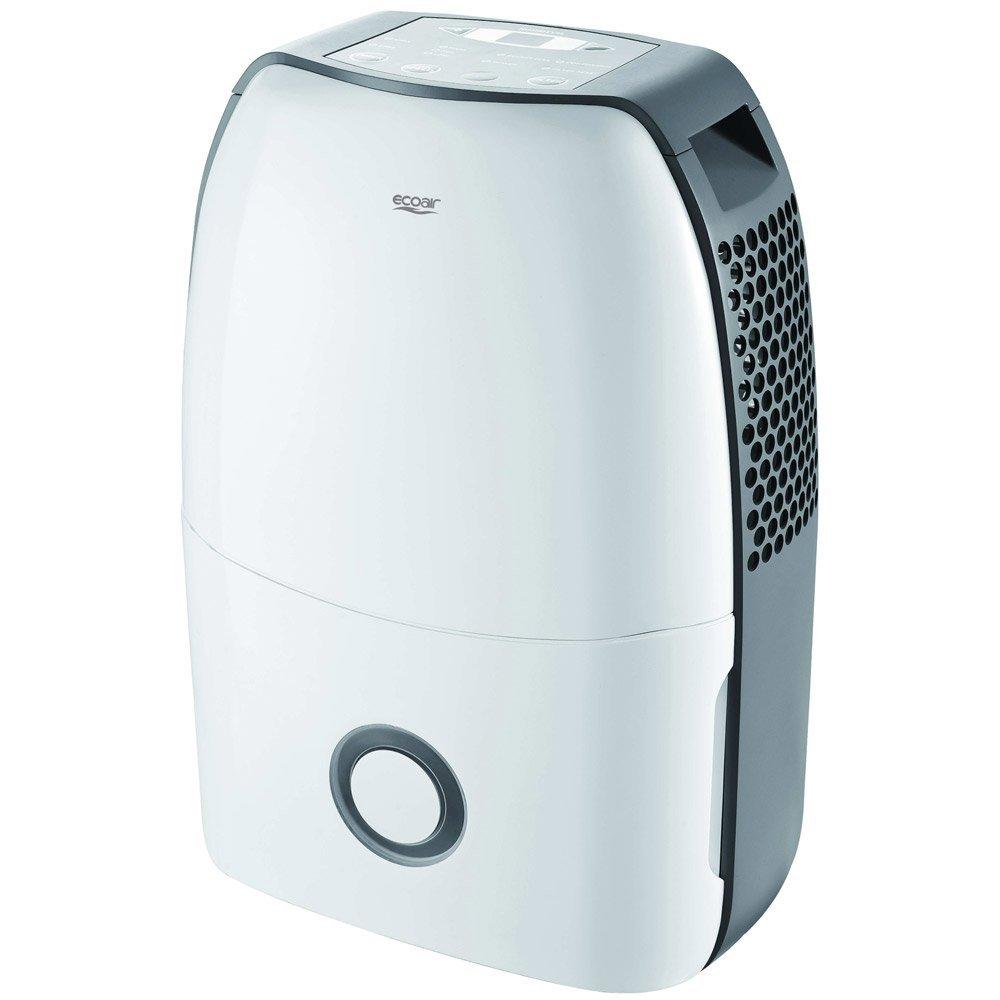 Alternatives to Portable Mini Dehumidifiers for Whole-House Humidity Control
Alternatives to Portable Mini Dehumidifiers for Whole-House Humidity Control
If a portable dehumidifier proves inadequate for your whole house, several alternatives can provide comprehensive humidity management more effectively.
Whole-House Dehumidifiers
Whole-house dehumidifiers integrate into your home’s HVAC system, delivering consistent humidity control throughout the entire living space.
Central HVAC Dehumidifiers
Central HVAC dehumidifiers work alongside your heating and cooling systems to regulate humidity across your home. This integration allows for seamless operation and ensures that humidity levels are balanced effectively without additional manual effort.
Ductless Mini-Split Systems
Ductless mini-split systems offer both heating and cooling capabilities, along with humidity control. These systems can be installed in individual rooms or zones, providing targeted humidity management without the need for portable units.
Maximizing the Effectiveness of Portable Mini Dehumidifiers in Large Spaces
While portable dehumidifiers may not be ideal for whole-house use on their own, combining them with strategic placement and best practices can enhance their performance in larger homes.
Strategic Placement
Positioning your portable dehumidifier in areas with the highest humidity levels, such as basements, bathrooms, or laundry rooms, can significantly improve its effectiveness. Ensuring that the device is placed in a central location within each room maximizes airflow and moisture extraction.
Using Multiple Units
Deploying multiple portable dehumidifiers in different areas of your home can help achieve better overall humidity control. This approach allows each unit to operate within its optimal capacity, ensuring that every room remains dry and comfortable without overburdening a single device.
Regular Maintenance
Maintaining your portable dehumidifier is essential for consistent performance. Regularly emptying the water tank, cleaning the filters, and ensuring that the device is free from dust and debris enhances its efficiency and prolongs its lifespan. Additionally, scheduling routine maintenance checks ensures that all components function correctly.
Optimizing Humidity Settings
Adjusting the humidity settings on your portable dehumidifier to match the specific needs of each room can optimize its performance. Lowering the humidity level in humid-prone areas and increasing it slightly in drier spaces creates a balanced environment throughout your home.
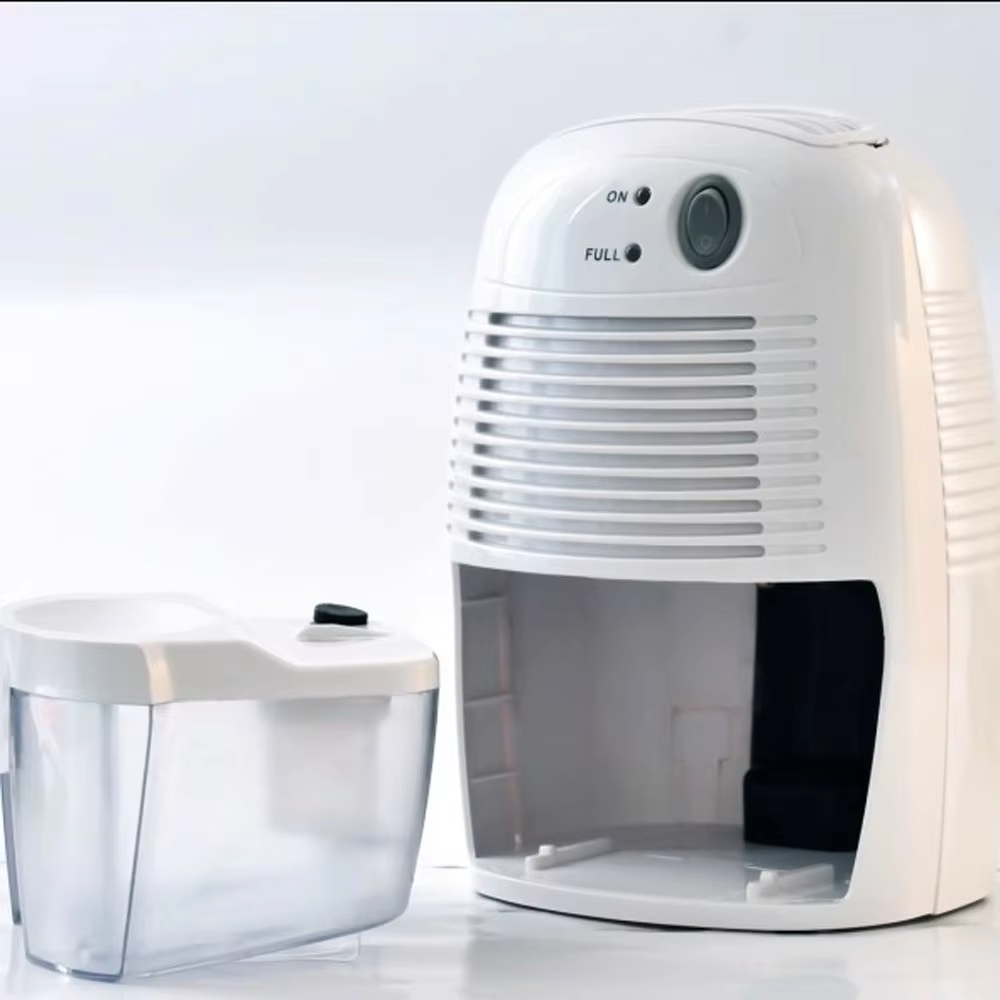 Tips for Choosing the Right Portable Mini Dehumidifier for Your Home
Tips for Choosing the Right Portable Mini Dehumidifier for Your Home
Selecting the best portable dehumidifier involves considering various factors to ensure it meets your specific needs and effectively manages humidity levels across multiple rooms.
Assessing Your Home’s Size and Humidity Levels
Evaluate the size of the areas where you plan to use the portable dehumidifier and determine the typical humidity levels. Larger spaces and higher humidity areas require dehumidifiers with higher capacity ratings to ensure effective moisture removal.
Considering Portability and Ease of Movement
Opt for a model that is easy to move between rooms. Look for features like lightweight construction, ergonomic handles, and caster wheels that facilitate smooth transportation. Additionally, consider the energy source, whether it’s battery-operated for added mobility or requires a continuous power supply.
Evaluating Features and Controls
Modern portable dehumidifiers come with a variety of features designed to enhance user experience and efficiency. Look for units with digital controls, adjustable humidity settings, auto-shutoff functions, and timer options. These features provide greater control over the device’s operation and allow for customized humidity management based on your needs.
Reading Customer Reviews and Ratings
Customer reviews and ratings offer valuable insights into the performance and reliability of different portable dehumidifiers. Before making a purchase, research user feedback to understand the strengths and potential drawbacks of various models. This information can help you make an informed decision and choose a device that consistently delivers satisfactory results.
Ensuring Warranty and Support
Select a portable dehumidifier from a reputable brand that offers a comprehensive warranty and reliable customer support. A good warranty ensures that you are protected against defects and can receive timely assistance in case of any issues. Reliable customer support can also provide guidance on maintenance and troubleshooting, enhancing your overall ownership experience.
Maintaining Optimal Humidity Levels Throughout Your Home
Ensuring that your entire home maintains the correct humidity levels is essential for comfort, health, and the preservation of your possessions. A portable dehumidifier can play a significant role in this process when used effectively alongside other humidity control strategies.
Monitoring Humidity Levels
Regularly monitor the humidity levels in different areas of your home using hygrometers or built-in sensors on your dehumidifier. Keeping track of humidity levels allows you to make timely adjustments to your dehumidifier’s settings, ensuring that each room remains within the ideal range of 30-50% humidity.
Combining Dehumidifiers with Other Moisture Control Methods
Integrate your portable dehumidifier with other moisture control methods for comprehensive humidity management. Ensure proper ventilation in bathrooms, kitchens, and other high-moisture areas by using exhaust fans or opening windows when possible. Additionally, avoid overwatering plants and promptly fix any leaks to prevent excessive moisture buildup.
Using Heaters and Air Conditioners
Employing heaters in the winter and air conditioners in the summer can help regulate indoor humidity levels. Heaters reduce moisture in the air as temperatures rise, while air conditioners remove moisture during cooling cycles. Balancing these systems with your portable dehumidifier creates an effective and energy-efficient humidity control strategy.
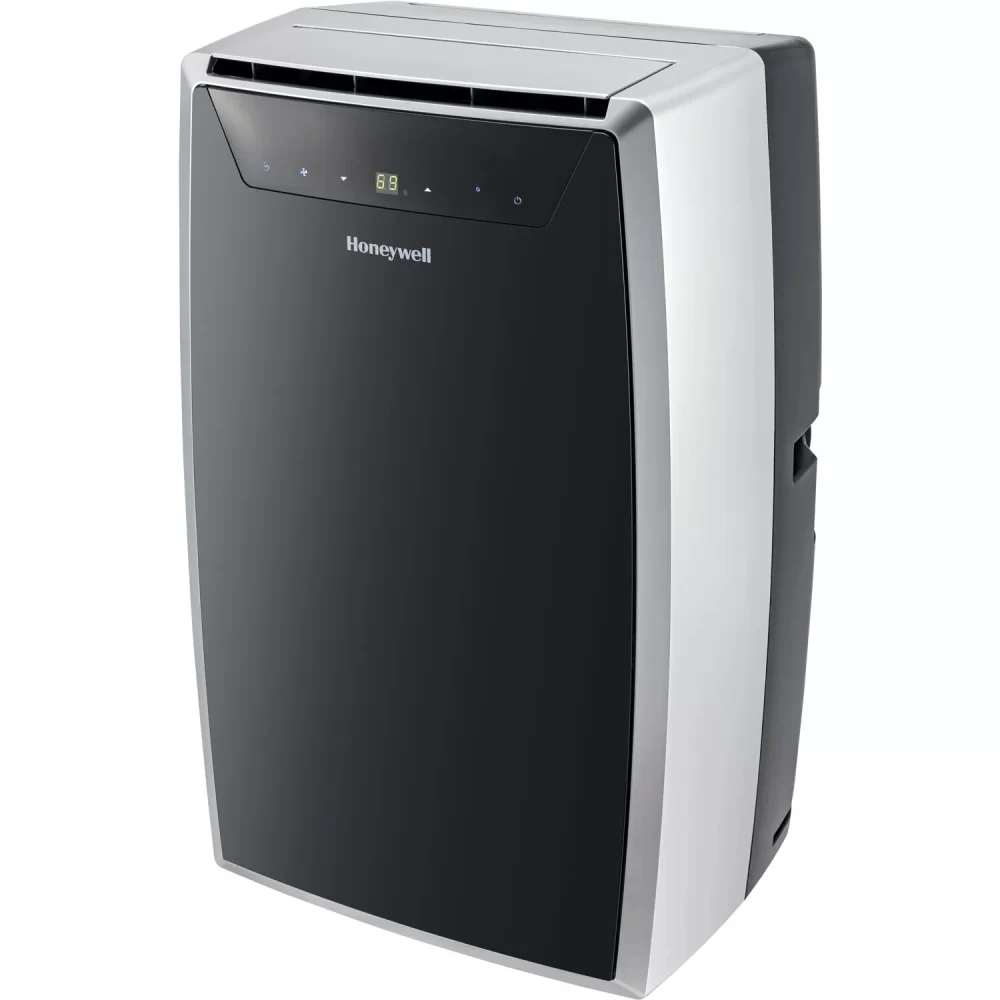 Conclusion
Conclusion
In conclusion, a portable dehumidifier can indeed work for a whole house, but it requires thoughtful placement, adequate capacity, and sometimes the use of multiple units to achieve effective humidity control across all rooms. While portable dehumidifiers offer flexibility and convenience, they may not always match the efficiency of whole-house systems designed specifically for larger spaces. However, by implementing strategic approaches such as managing unbalanced loads, utilizing multiple devices, and maintaining optimal settings, you can significantly enhance the performance of portable dehumidifiers in managing your home’s humidity levels.

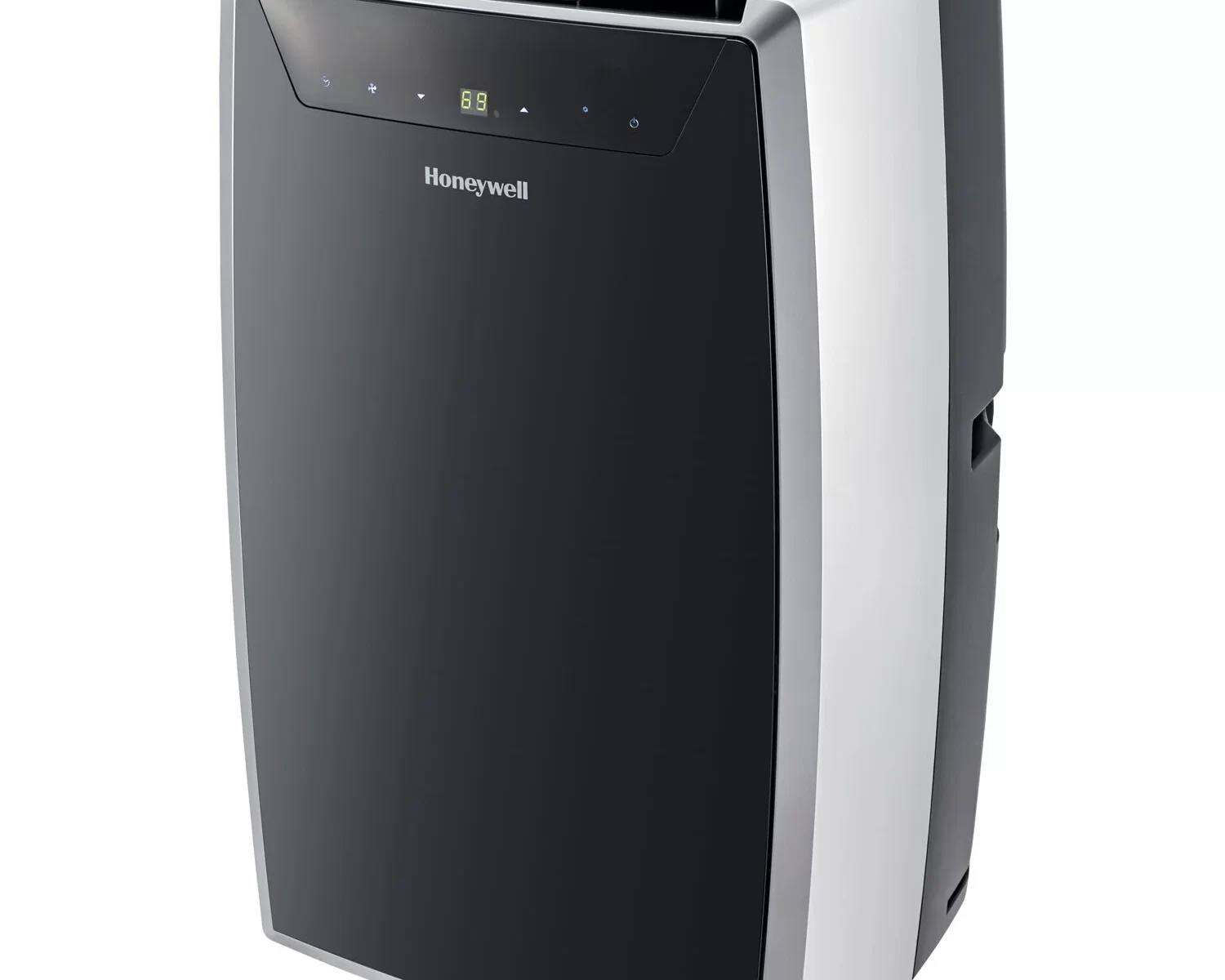
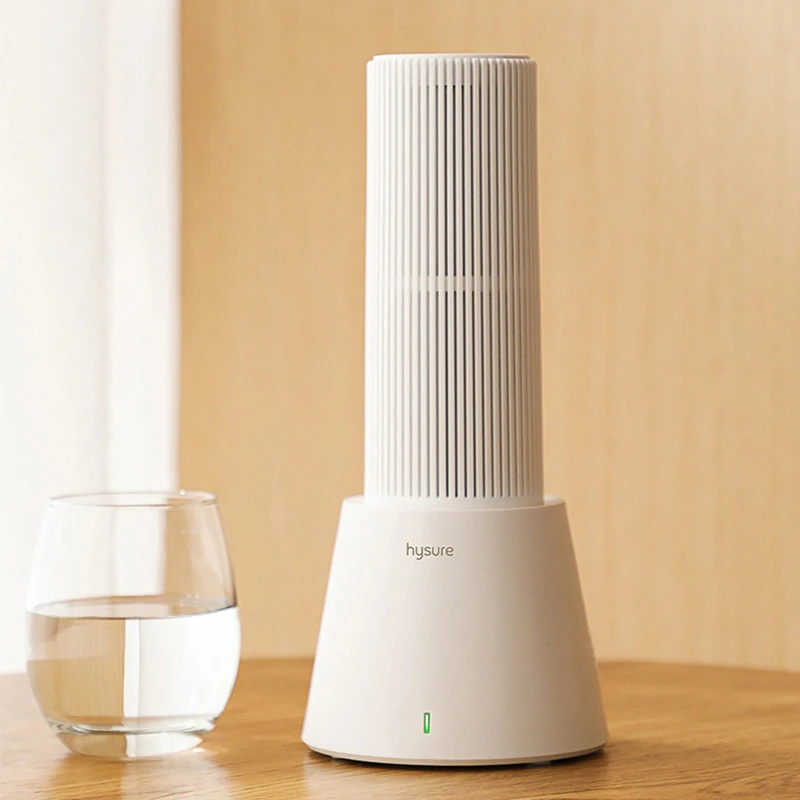
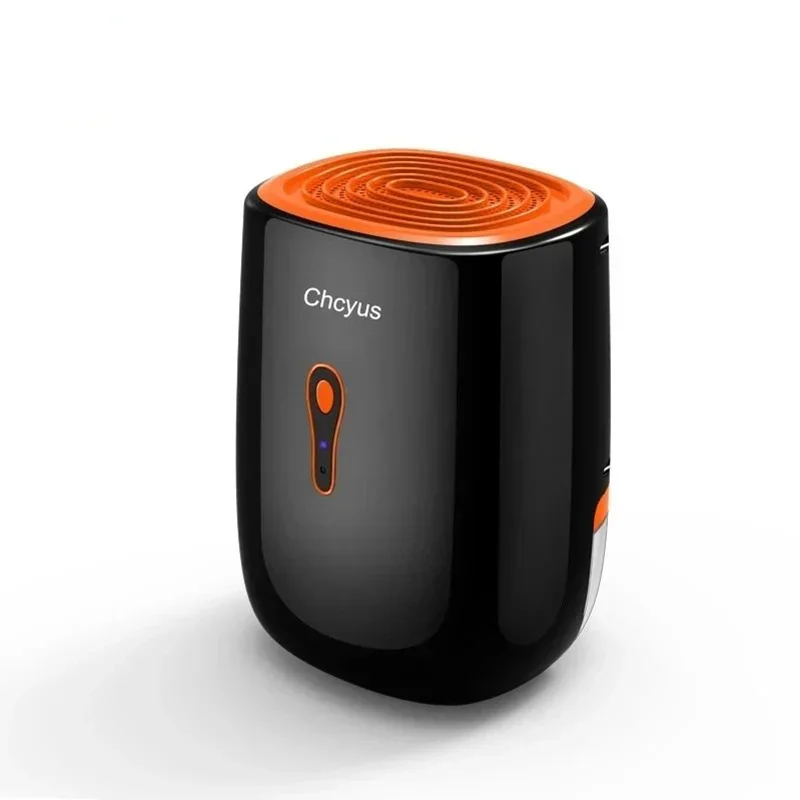 Understanding Mini Small Dehumidifiers
Understanding Mini Small Dehumidifiers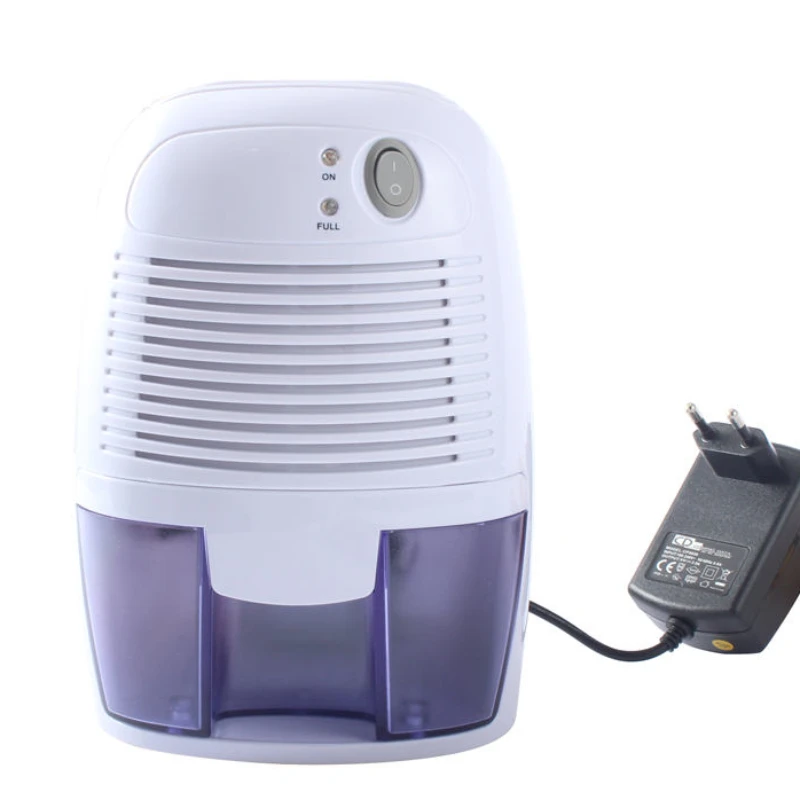 Key Features to Consider
Key Features to Consider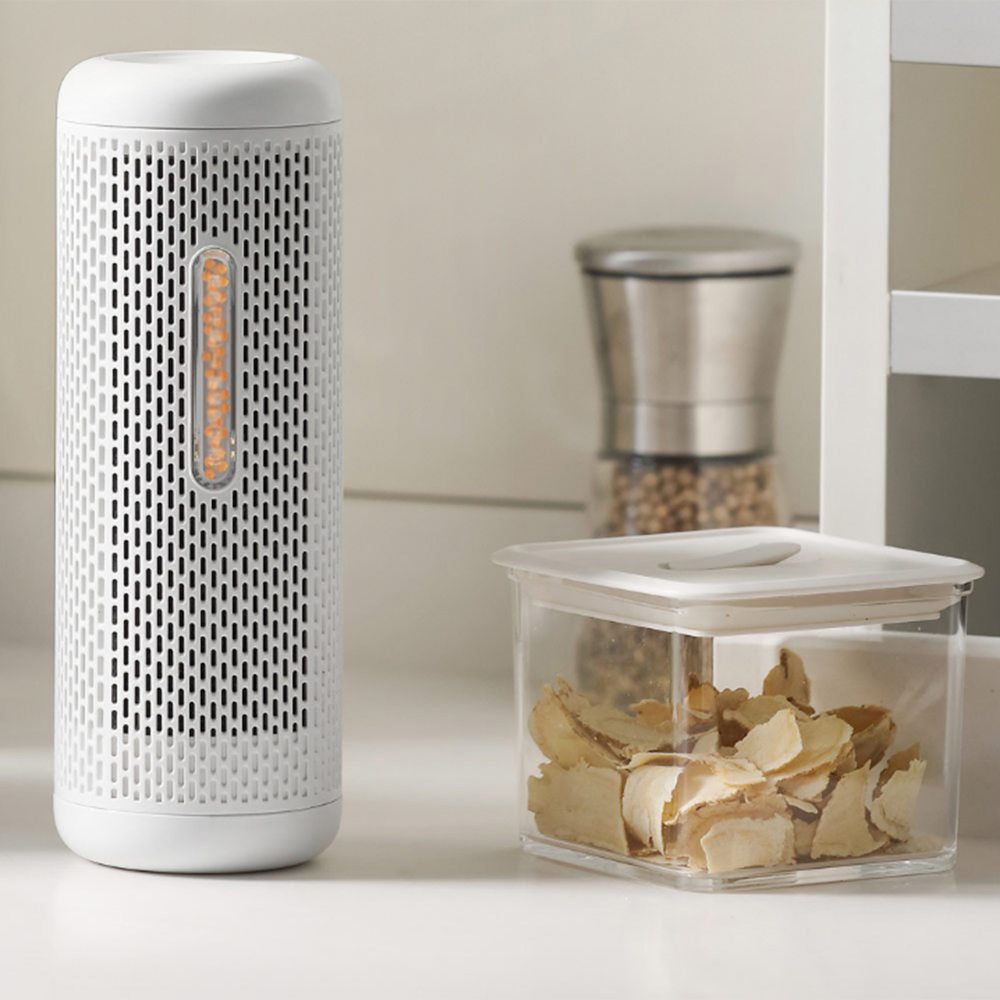 Practical Applications of Mini Small Dehumidifiers
Practical Applications of Mini Small Dehumidifiers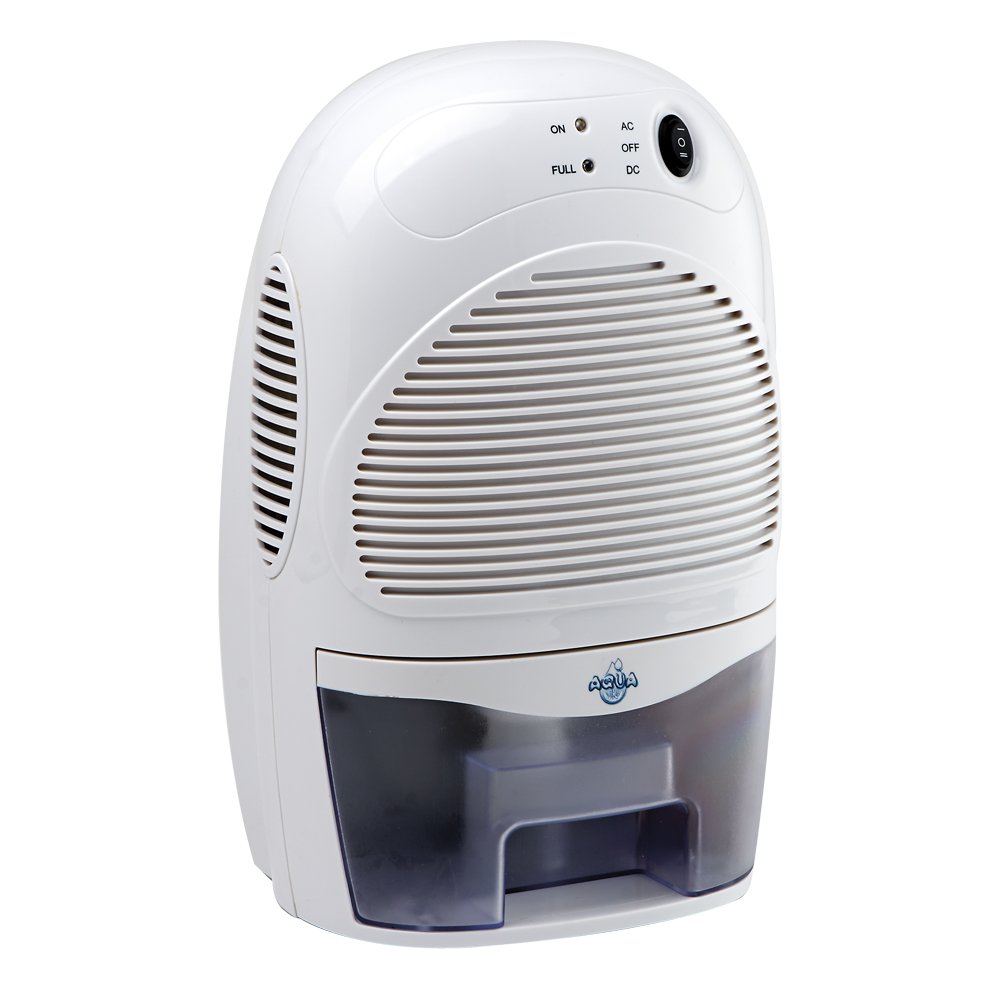 Maintenance and Care
Maintenance and Care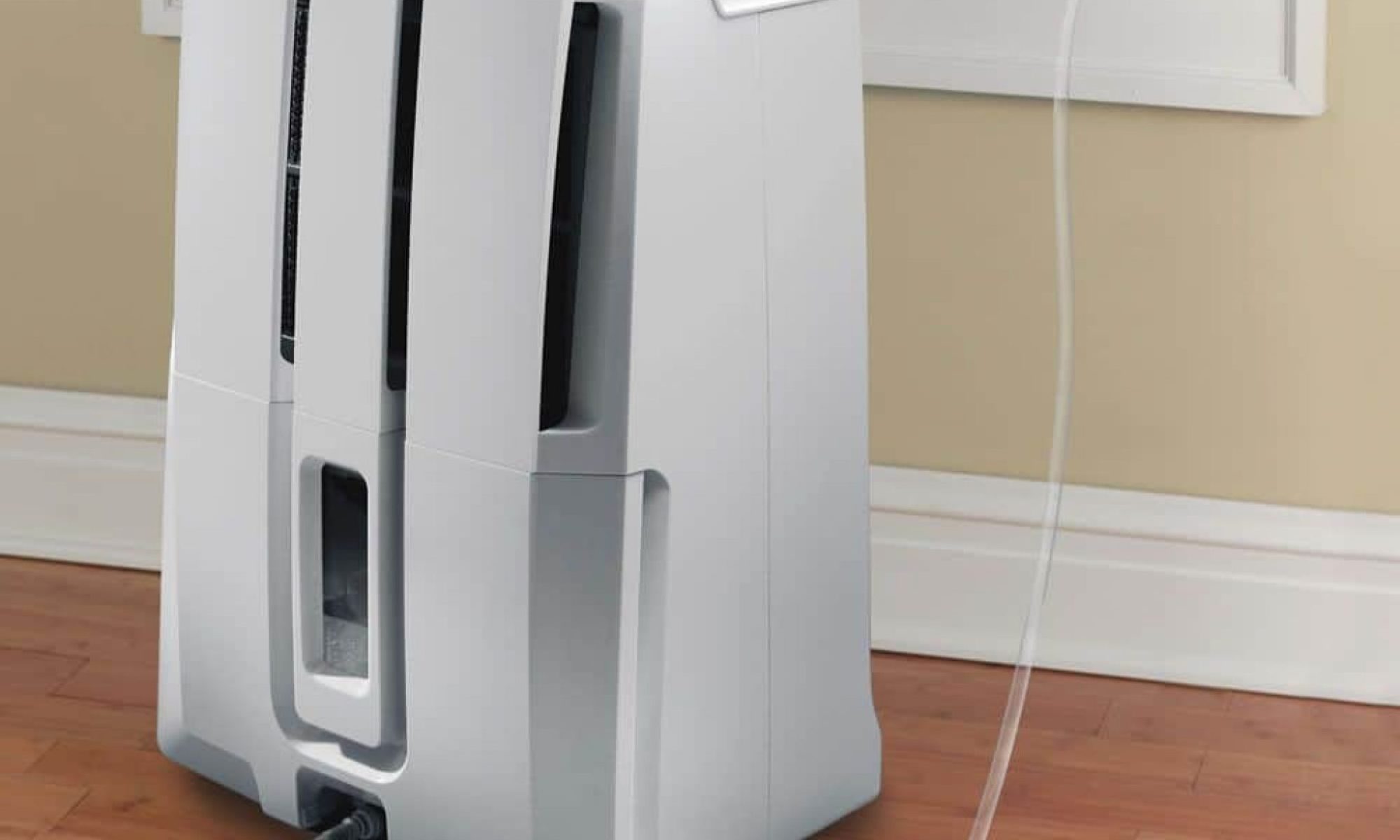
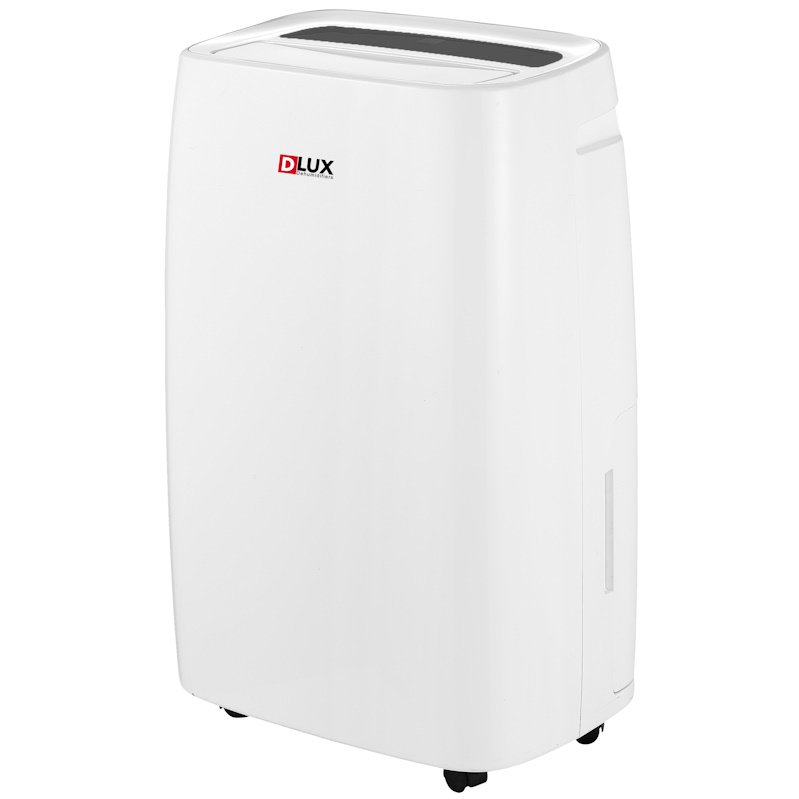 What is a Dehumidifier?
What is a Dehumidifier?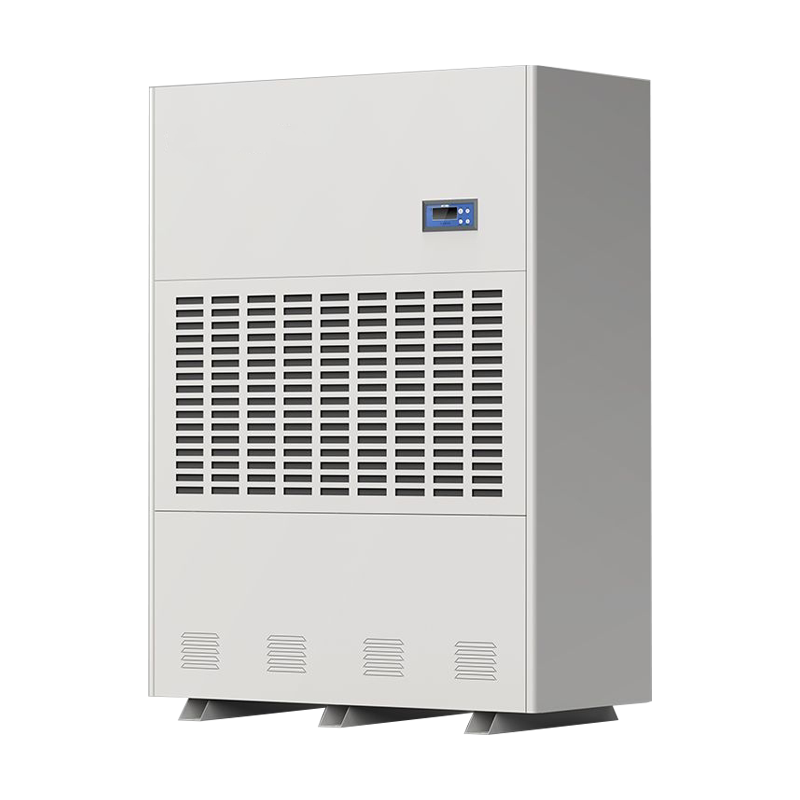 The Importance of Controlling Humidity Levels
The Importance of Controlling Humidity Levels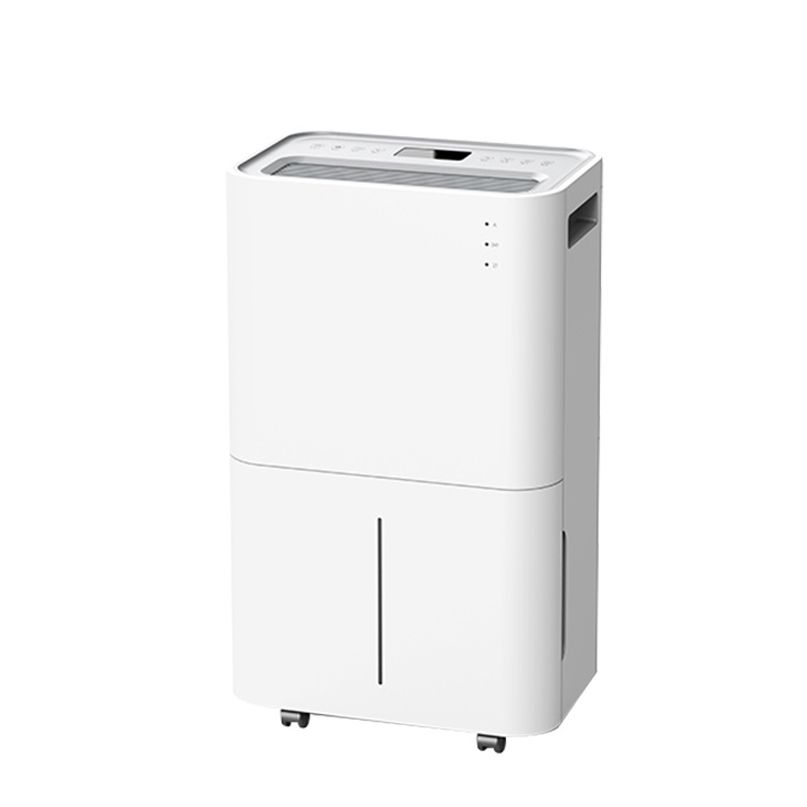 Choosing the Right Dehumidifier for Your Home
Choosing the Right Dehumidifier for Your Home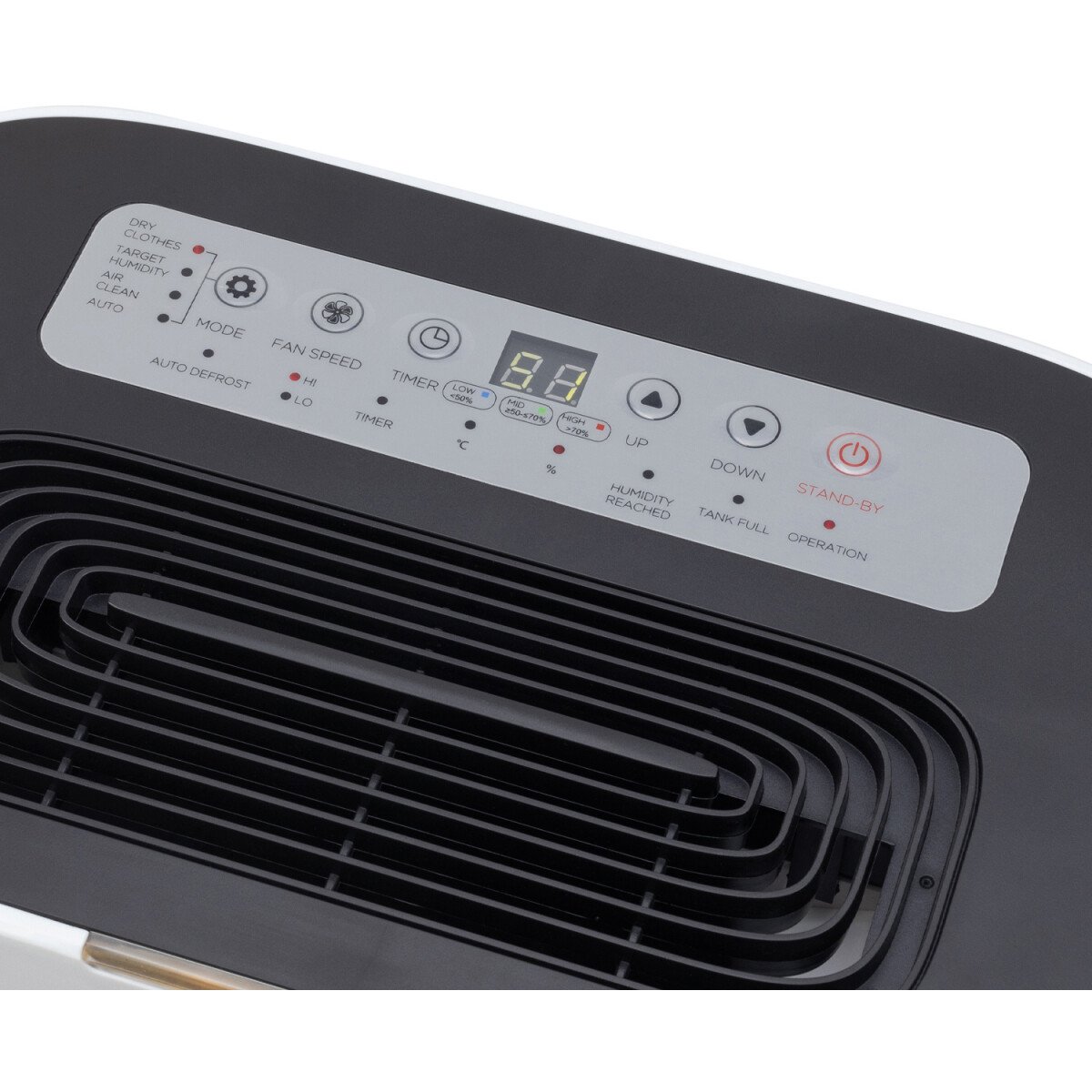 Common Myths About Dehumidifiers Debunked
Common Myths About Dehumidifiers Debunked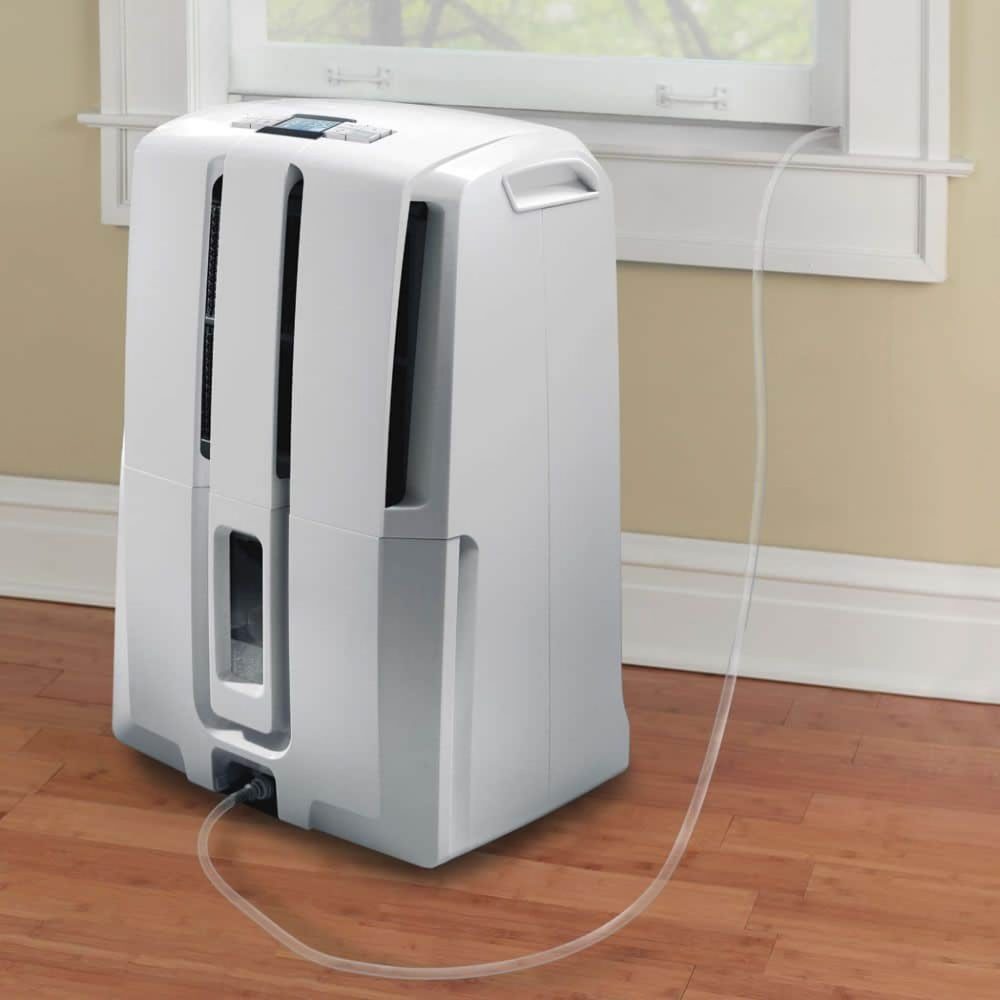 Conclusion: Dehumidifier Purpose
Conclusion: Dehumidifier Purpose